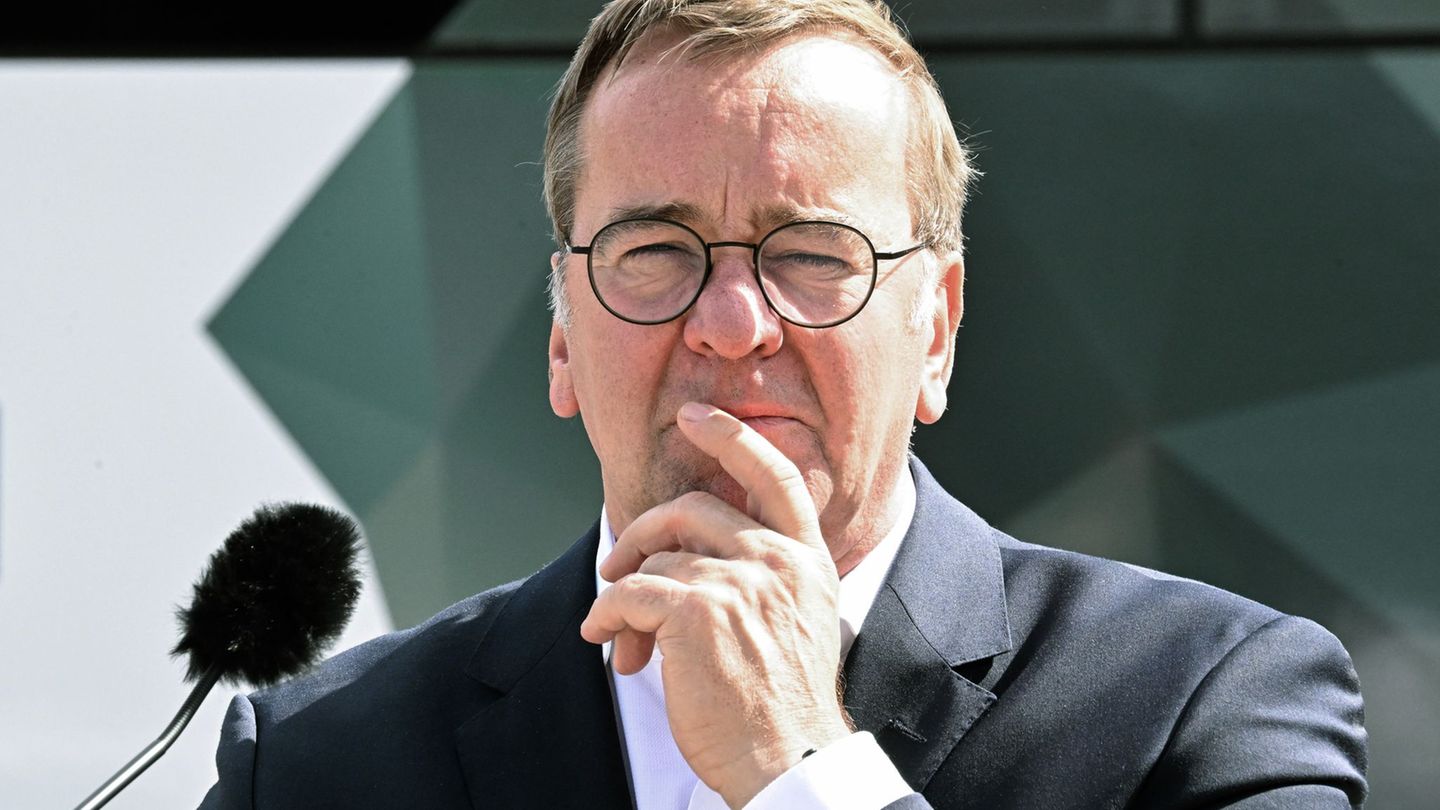The report says that, despite the fact that inflation was somewhat lower than expected in the last month and that the Central Bank decided to tighten its monetary policy by raising the reference rate from 52% to 75% nominal annual between July and September, the fixed term could not match inflation. However, it specifies that “taking the Badlar rate as a starting point, in October this type of investment yielded -6.4% annualized.”
GMA argues that there is still some way to go for financial dollars. He maintains that in the last week the CCL and the MEP “woke up with force.” The first climbed more than 7% in 5 days and reached $331. “Although it is close to nominal maximums, there is still a lot of ground left for it to reach a record when adjusted for inflation,” explains the consultant. The work details that “to take dimension, the last maximum that the exchange rate reached back in July would imply a dollar of $396 at today’s prices.”
On the other hand, Portfolio Personal Inversiones (PPI), warns that the moment of the “carry trade” would be ending. “The accumulated returns in dollars in recent months suggest that the investment could be coming to an end,” says the PPI report.
The consultancy says that “in macro terms, the scheme only has a chance of closing with sufficiently high nominal rates until the end of the mandate”. PPI links the carry trade with the scheme defined by the economic team to prevent inflation from running wild.
“Since July, Massa and (the president of the Central Bank, Miguel) Pesce applied a strong rate hike coordinated between the Treasury and the BCRA, which allowed an even greater inflationary overflow to be contained,” the work indicates. The report notes that this resulted in “a considerable mimprovement in the yields of the deposits of the financial system, which went from extremely negative to neutral and in a renaissance of the carry trade”.
for PPIThis strategy was based on the strong drop in financial dollars in the last three months, rather than on a 180° turn in the fundamentals of macroeconomics. In this sense, the consultant questions the delicate situation of the BCRA balance due to the strong issuance of pesos that it had to make to sustain the scheme. “Only a strong reversal of expectations due to a change of government could allow an orderly dismantling of the BCRA’s debt,” she predicts.
About, Agustín Honig, CEO of the Banza fund manager, stated that “after the rally in global bonds, perhaps the top of the trading range was reached at current levels.” He warned that “in the CCL there are no gradual movements but rather abrupt ones, as seen up to now, and it is jumping through range to always stabilize again at a higher level.” Honig explained that the possibility of the carry is declining because “many companies and investors are buying global bonds against pesos”, which generates tension in the financial dollar market.
Source: Ambito
David William is a talented author who has made a name for himself in the world of writing. He is a professional author who writes on a wide range of topics, from general interest to opinion news. David is currently working as a writer at 24 hours worlds where he brings his unique perspective and in-depth research to his articles, making them both informative and engaging.




